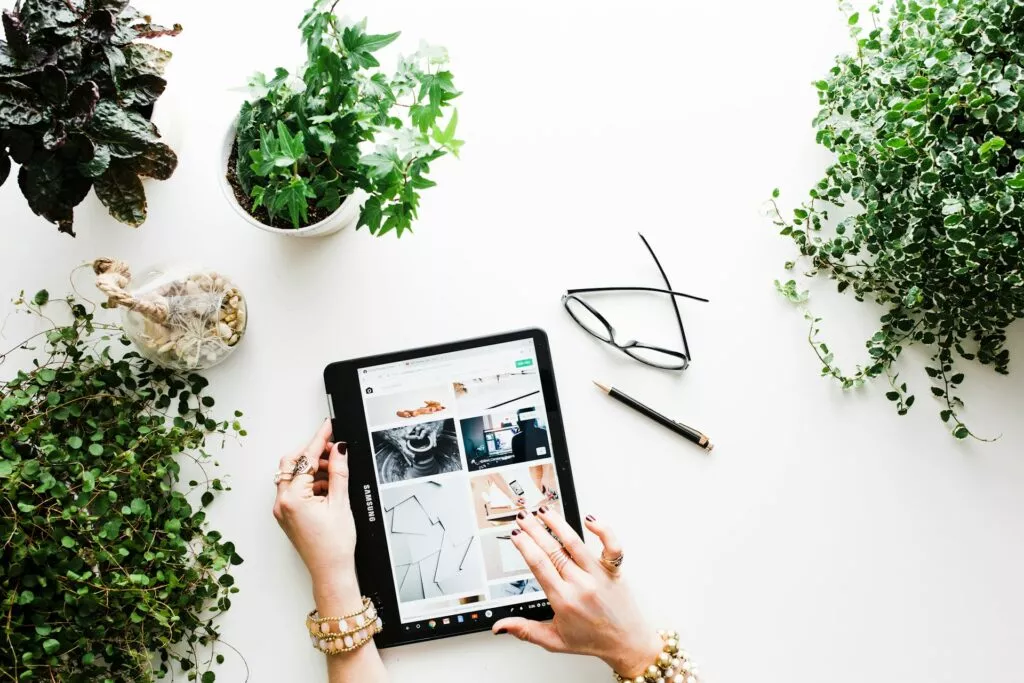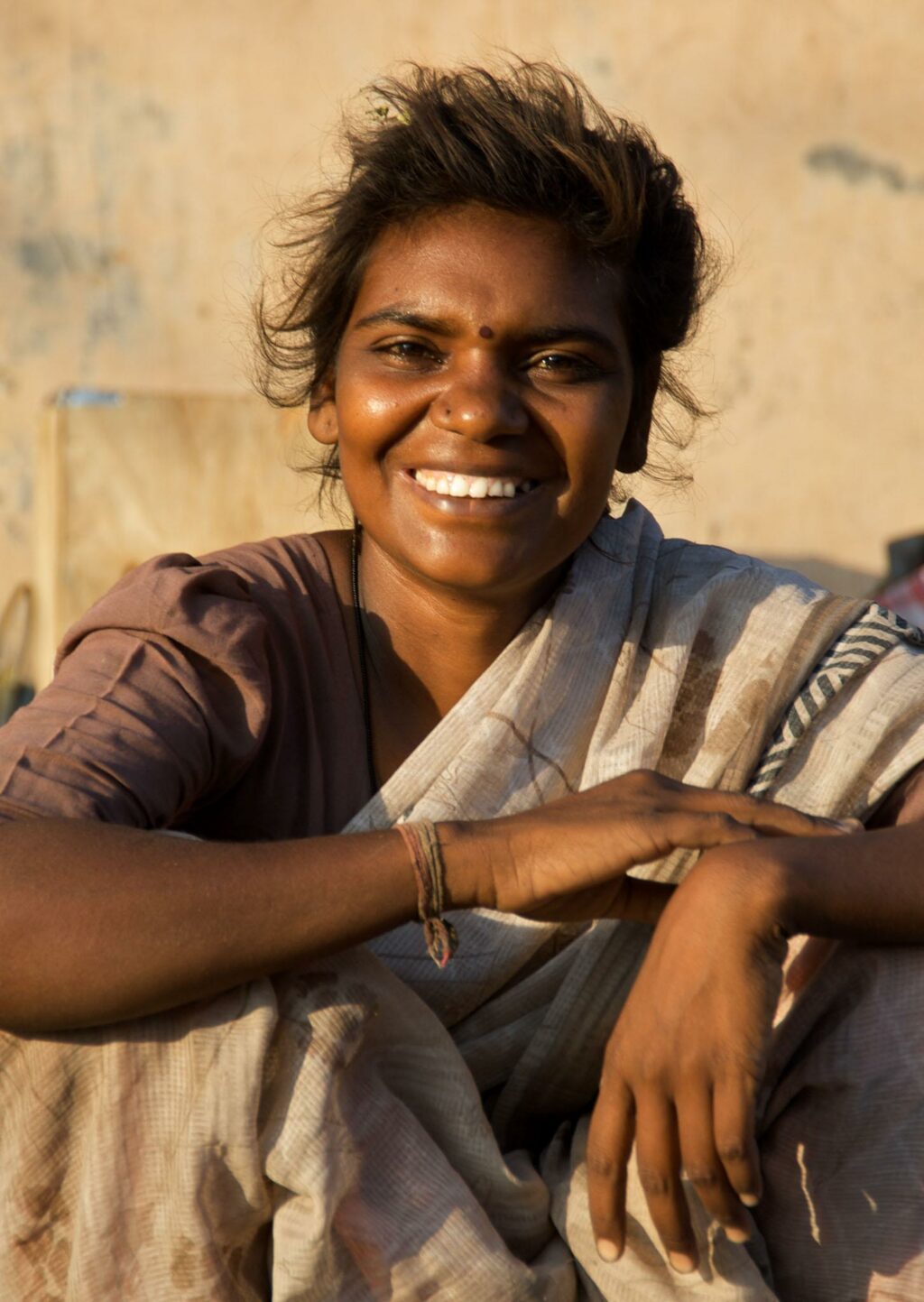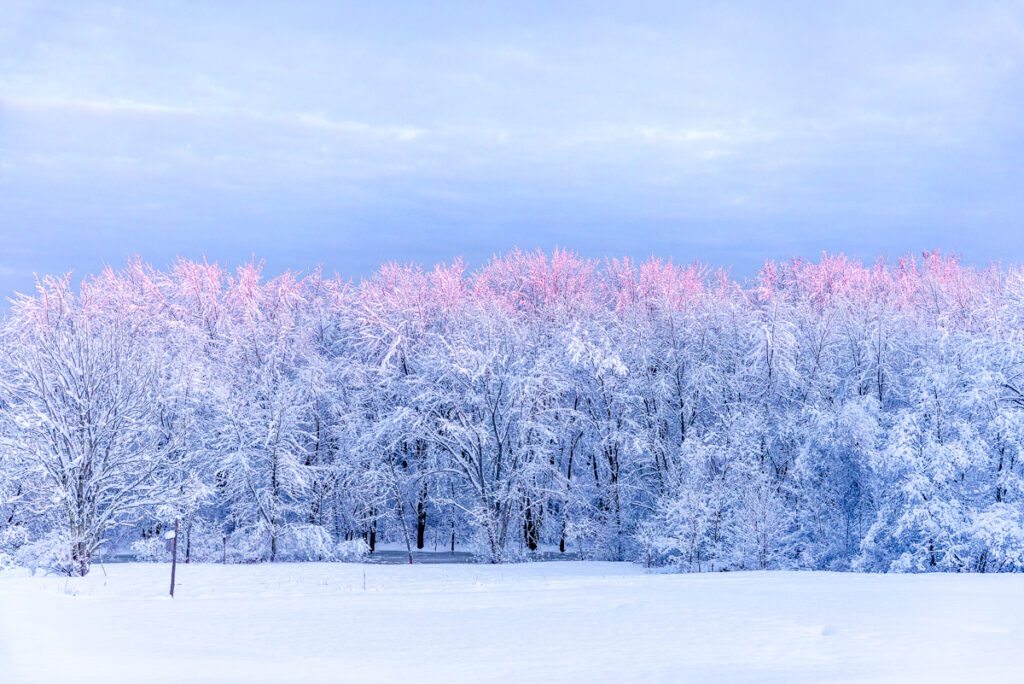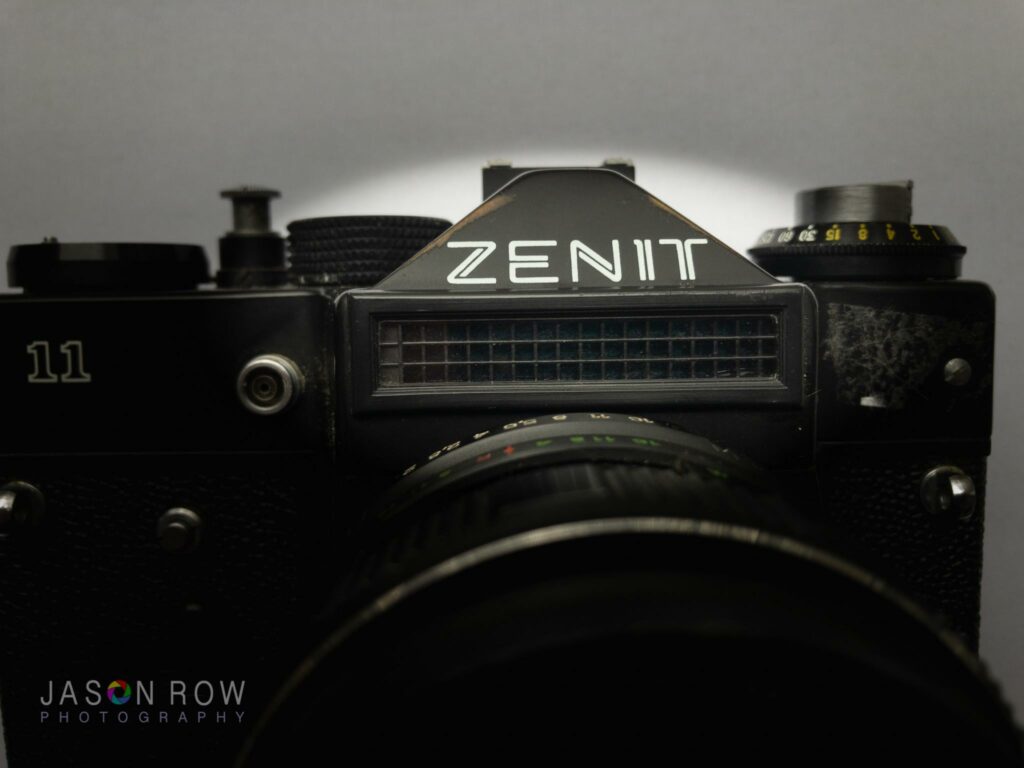Photography is not necessarily a cheap pastime. Despite the fact that we no longer need to buy, process and print film, cameras and a lot of the gear that comes with them remain major purchase decisions.
Given that digital imaging has been mainstream for well over 20 years, it is very possible to get some amazing deals on second-hand cameras and lenses. You don’t have to spend a fortune to get amazing results with good quality used cameras. The key word here is quality. Quality is often associated with expensive but with an abundant used market, quality is well within reach of those on a tighter budget.
There are some purchases, however, where you might be tempted to “cheap out”. Items that you might think are not so important in your photographic workflow and will not have any effect on the quality of your image. However, there is a wonderful English idiom that can describe these purchases, buy cheap, buy twice.
Today I am going to take a look at some photographic purchases that you should not cheap out on. That’s not to say you can’t get a good deal or a quality used version, however, these items should be of high quality regardless of the price.
A Tripod NEEDS To Be Sturdy
One of the biggest regrets of newcomers to photography is buying a cheap tripod. Virtually everyone at the beginning of their photographic journey wants to experiment with long-exposure images. For good reason, long exposure photography can produce visually stunning images.
However, buying a cheap tripod can not only put you off long exposure photography, but photography in general. Often made of plastic, with built-in heads, cheap tripods are not sturdy, they sway in the wind and making micro-adjustments to your composition is an exercise in frustration.
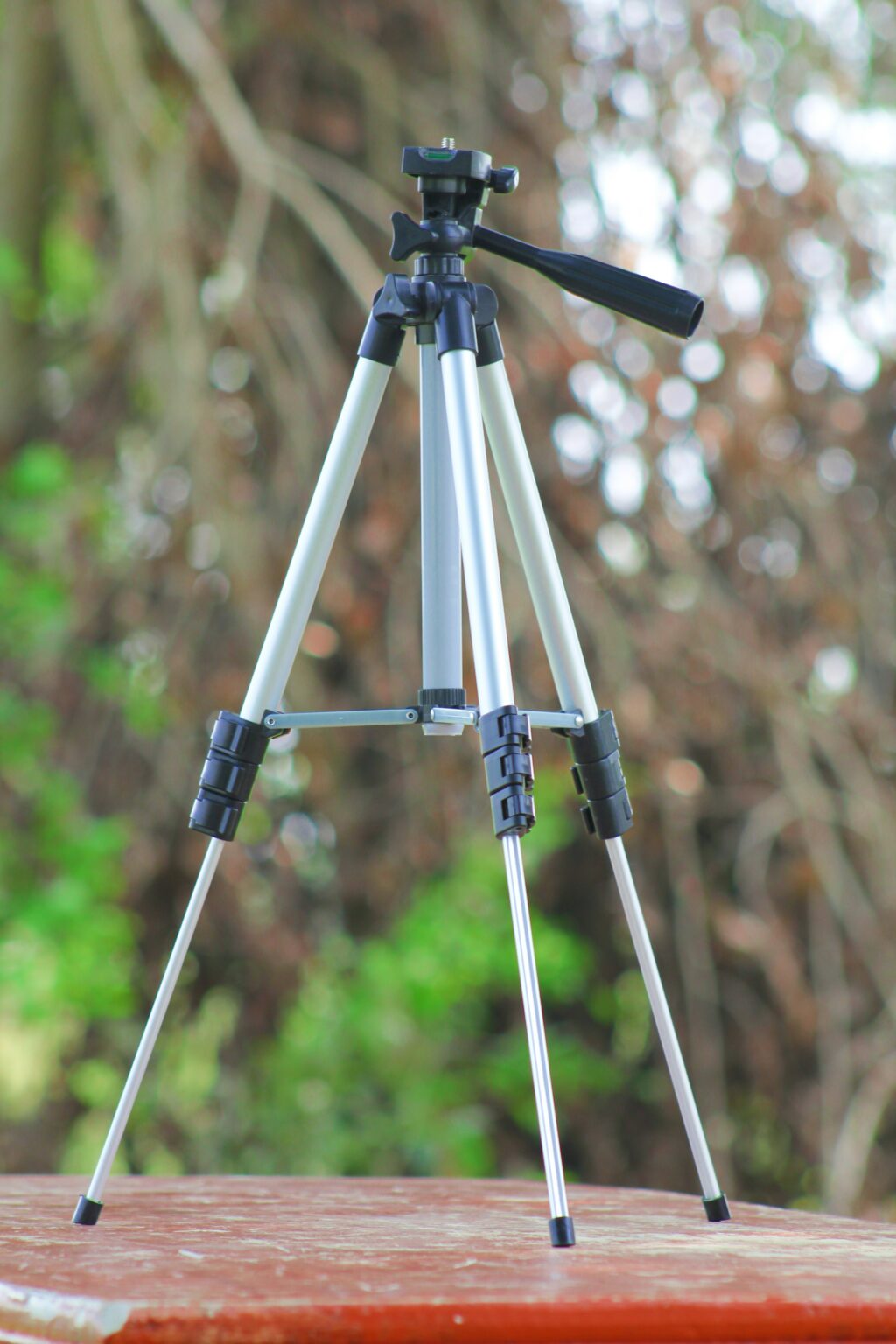
A good tripod will come with separate legs and head. The legs will be made from either aluminium or carbon fibre. The head can be a ball and socket, pan tilt or a fluid video type. A good tripod will not only make a big difference to the quality of your long-exposure images but will last decades. As a one-off purchase, it’s a very good investment.
A Camera Bag NEEDS to Protect and Hold Your Expensive Gear
If you bought your first serious camera as a kit through a store, the chances are they threw it in a camera bag. However, if you think a little about this, that camera bag is unlikely to be a good quality expensive one. So why should you pay out for a high-quality bag?
The first reason is the obvious one. You are protecting thousands of dollars worth of gear. Why would you put that in a $20 bag? A good quality bag will contain high-quality padding, well-defined and protected sections and will be waterproof.
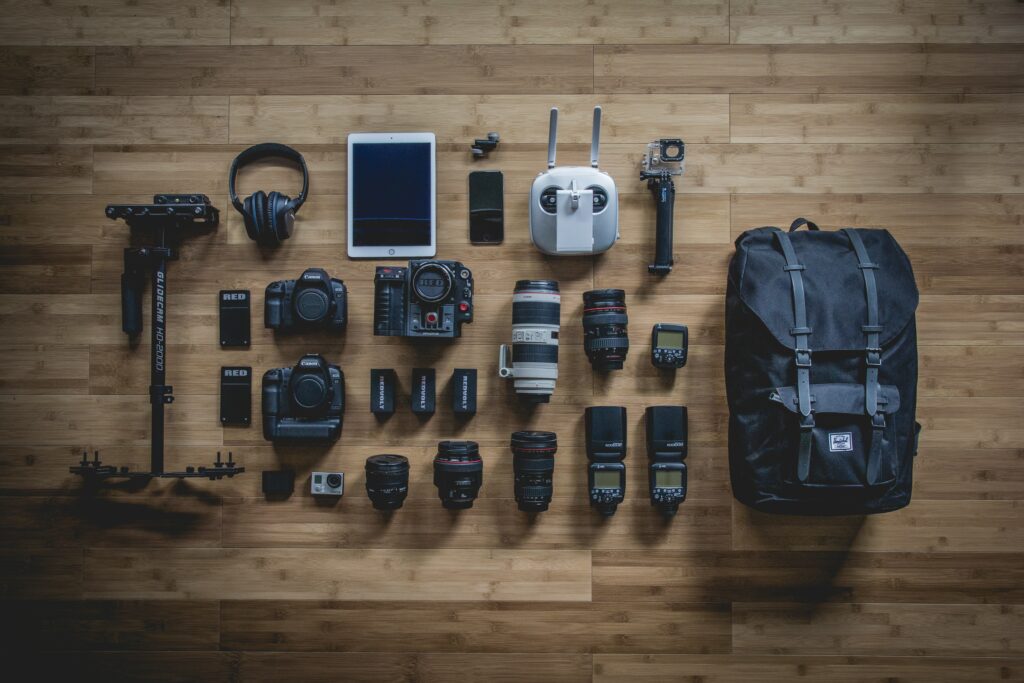
However, another benefit is comfort. Carrying a cheap bag over your shoulder all day will be uncomfortable and even painful. You take your best images when you are relaxed and feeling good. A high-quality camera bag can be a big part of this.
A Camera Strap NEEDS to Be Reliable
By extension, a poor camera strap can also be a bad investment. The straps that come with your camera are often thin, hard and very uncomfortable. It’s logical that you might want to upgrade this.
However, like a camera bag, you want to spend a bit of money on your strap. It needs to have strong connections to the camera, feel comfortable around your neck and allow you to work freely. Cheaping out on a camera strap can be a danger to your gear if it breaks.
Your Lenses Are the Backbone of Your Photos
This might seem an odd one given most lenses are not cheap and usually of high quality. However, there are some very cheap and very bad lenses out there. These will give soft images with poor definition and contrast. It’s well worth doing a lot of research before buying a new lens.
There is also a temptation to cheap out by buying an “all in one” lens. These lenses typically go from moderate-wide to super telephoto focal lengths. If you are travelling and looking for a lightweight kit then they are ideal.
However, if you plan to expand your photographic repertoire into different genres, then you will soon find them very restrictive. They will have a small maximum aperture at the wide end, getting even smaller at the telephoto. This will greatly restrict any shallow depth of field photography. Often they are not uniformly sharp throughout the entire focal length.
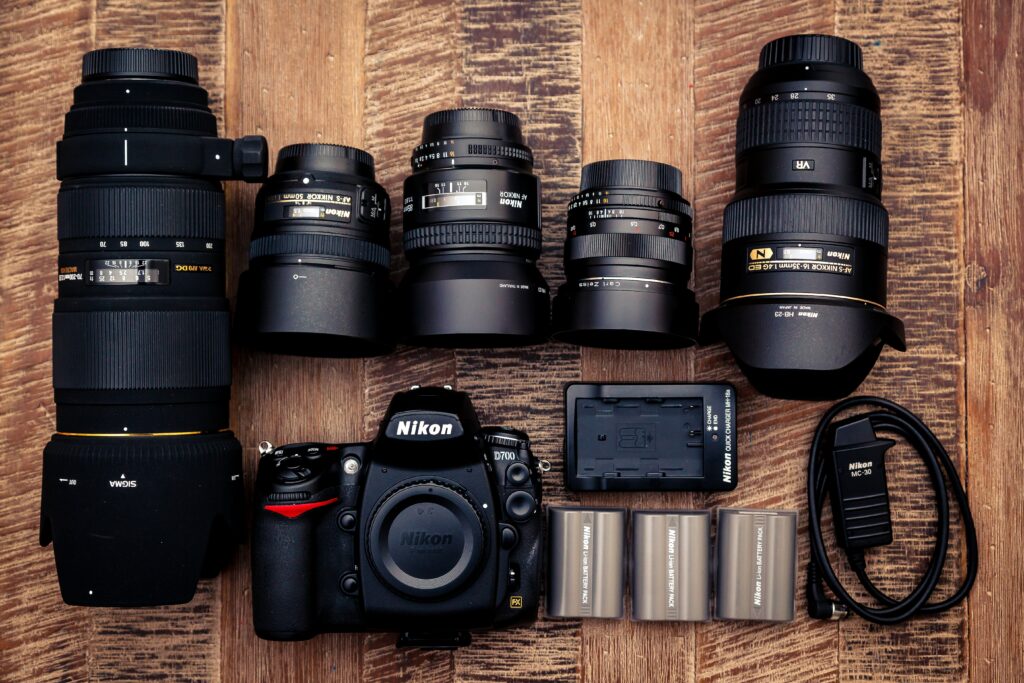
If you feel that your photography will go somewhere, it's well worth investing in “good glass” Look at where you want to be photographically and buy better-quality lenses. Like cameras, there is a massive second-hand market of professional-level lenses for excellent prices.
Your Filters Have a Profound Impact on Your Shots
So you have spent some good money on a lens and perhaps want to experiment with long-exposure photography off of your new tripod. You go on Amazon and order a $30 10-stop ND. You head out, shoot some amazing ethereal seascapes with your new filter. Returning home, you look at the images in Lightroom. They are soft, highlights have halos and there is a colour cast that you cannot seem to shift. Welcome to the world of cheap filters.
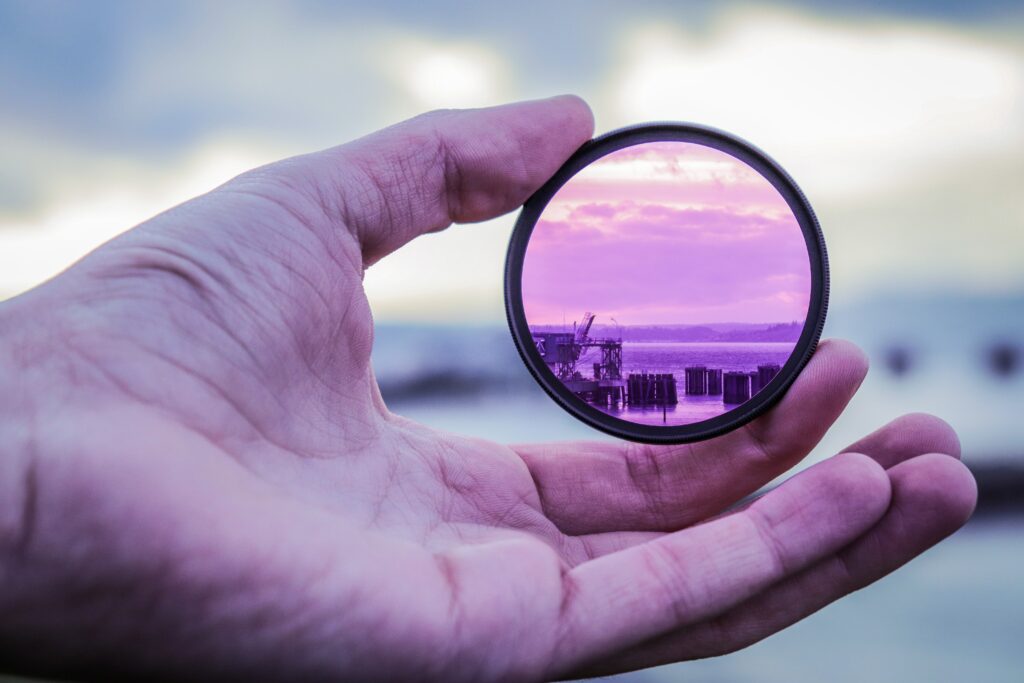
Filters are another investment that will pay off long term. Good-quality filters will be made of high-quality optical glass and cause no visible image degradation. It’s well worth investing in a brand filter system and this will allow you to grow and expand even if you buy new lenses. Look at buying filters that are bigger than your current lens filter diameter. This will allow you to purchase faster lenses in the future, without having to upgrade the filter system.
Chea Lens/Sensor Cleaning Gear Can be a Waste of Time
Lastly, don’t cheap out on your cleaning gear. Poor-quality lens clothes will simply smear dirt around the lens, perhaps even damage the lens coatings. Cheap lens cleaning fluid is also prone to smear as it will evaporate too quickly to be effective.
Look for high-quality optical microfibre cloths for lens cleaning and a good blower brush. A blower brush will loosen any dirt before you use cleaning fluid and cloth.
If you intend to clean your own sensor, go with a well-regarded manufacturer that supplies both swabs and cleaning liquid. Make sure you buy the right size swabs to fit your sensor size.
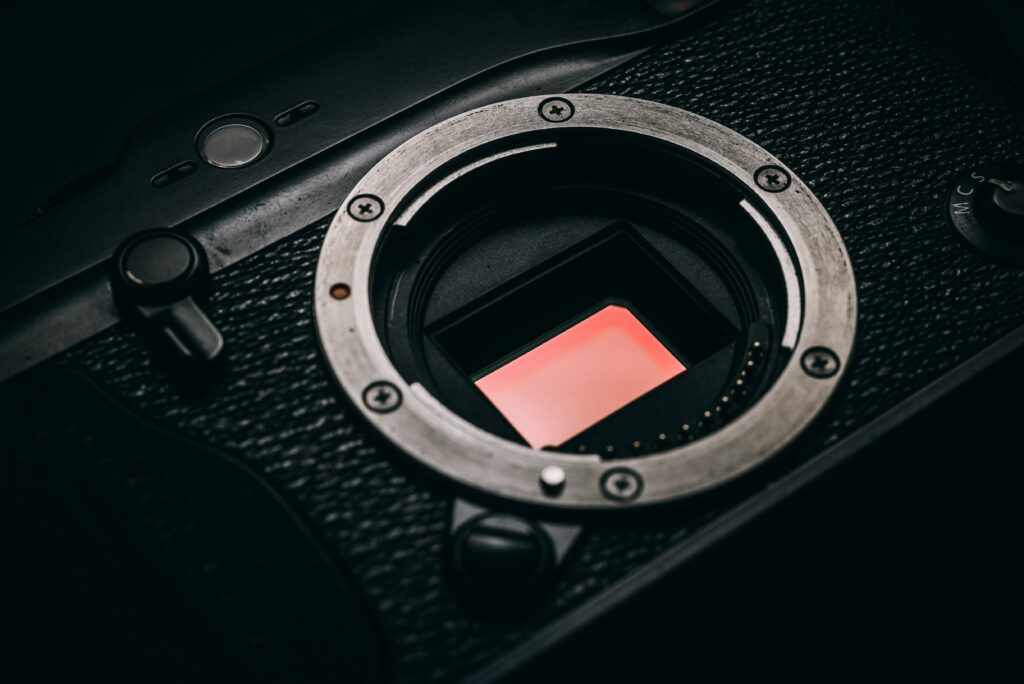
Sometimes Cheap is a Terrible Idea for Photographers
Having spent a significant sum of money on your camera, there is a temptation to go budget on the accessories. This is a mistake. If you do not have the budget to get all the accessories at once, buy the one that will be most important for your photography. A lot of high-quality gear can also be found on the used market for great prices.
Quality does not have to mean the latest and greatest. This is particularly true when it comes to tripods and lenses. Neither are likely to become obsolete in the coming decade so buying older but better versions on the used market will be an excellent investment.
Whatever your next photographic purchase is, you would do well to remember the idiom, buy cheap, buy twice.

